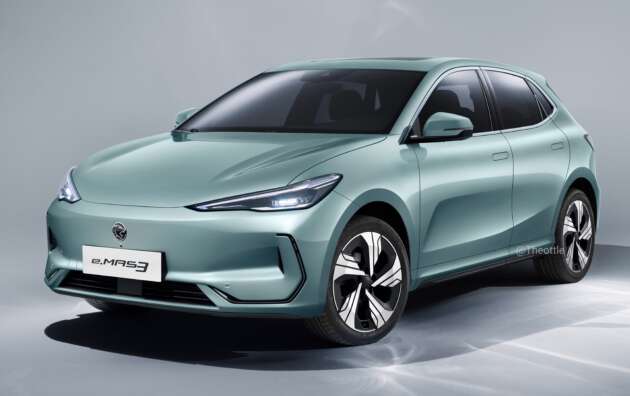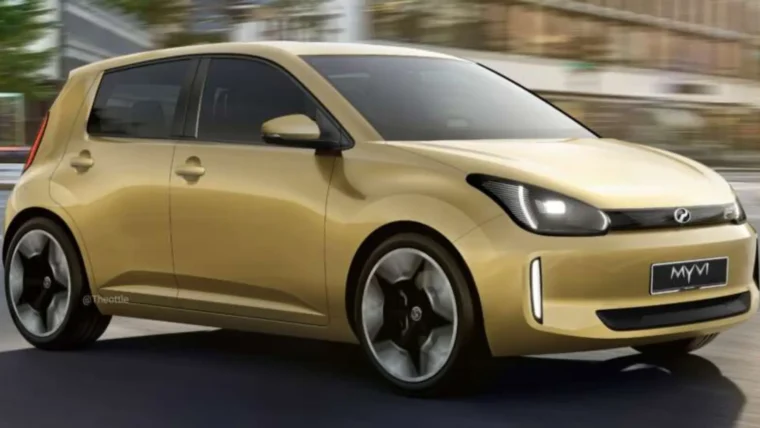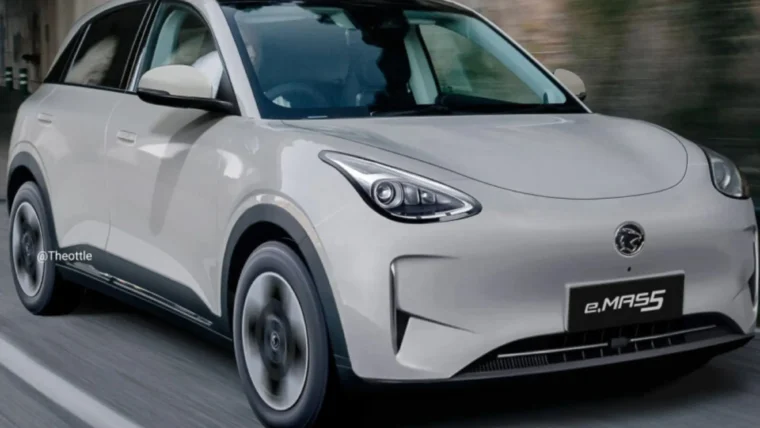Our talented friend and rendering expert, Theophilus Chin, is renowned for his often eerily accurate digital previews of forthcoming vehicles.
However, his latest creation, the ‘Proton eMas 3’, veers more into the realm of imagination. But stay with us on this one.
Proton’s debut electric vehicle (EV), the eMas 7, marks its entry into the EV market as a C-segment SUV.
Built on the platform of the Geely Galaxy E5, this sizeable SUV surpasses the Proton X70 in terms of footprint, offering a noticeably more spacious interior.
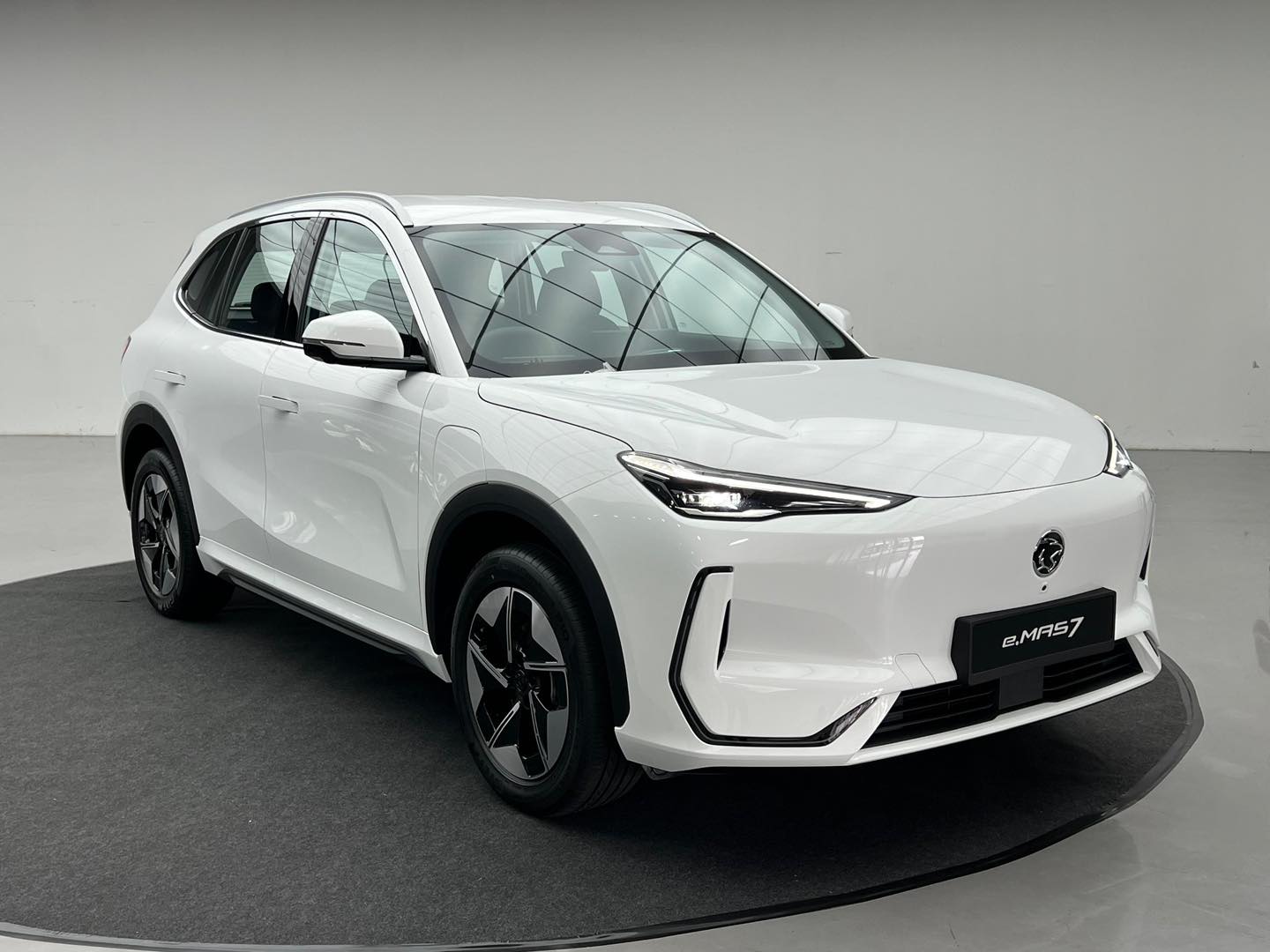
Starting with a larger model provides ample room for the eMas lineup to expand downwards into more compact segments.
And a move down the segment ladder is indeed in the works. During the grand opening of the Proton eMas PJ showroom by Regal Motors, Proton CEO Li Chunrong confirmed the launch of a second EV model slated for this year.
Although details remain sparse, it is widely speculated that this new addition will be the ‘eMas 5’, likely based on the Geely Geome Xingyuan.
Last September, reports emerged that Proton dealers were given a firsthand look at the Xingyuan during a visit to China, which further fueled rumours about the vehicle’s potential adaptation as the eMas 5.
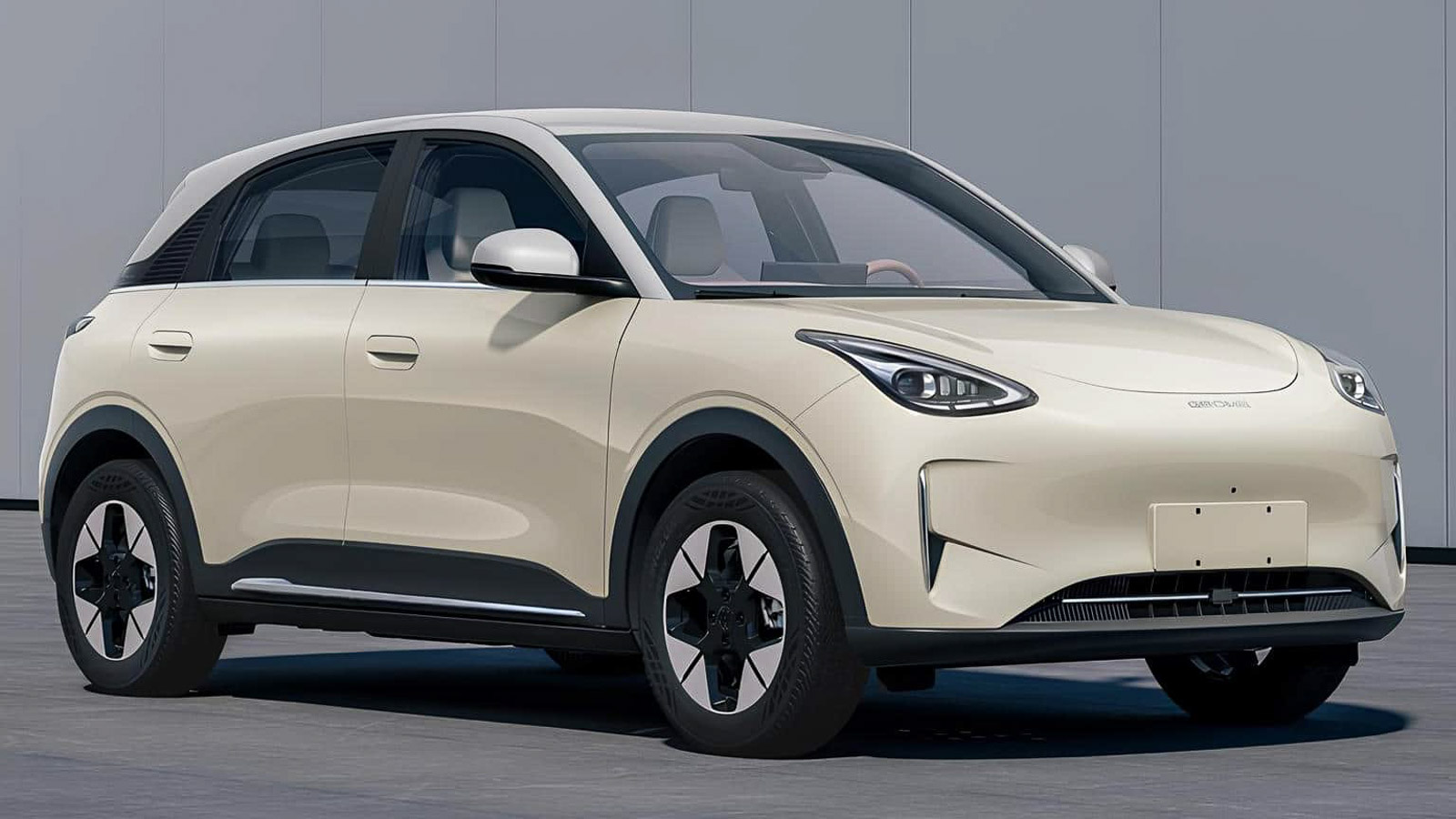
If true, the eMas 5 will cater to a broader audience by being a smaller, more budget-friendly alternative to the eMas 7, which starts at RM105,800.
This new model would also position Proton to compete directly with Perodua’s upcoming EV, previewed by the eMO-II concept at KLIMS 2024, expected to launch in Q4 2025 with pricing between RM50,000 and RM90,000.
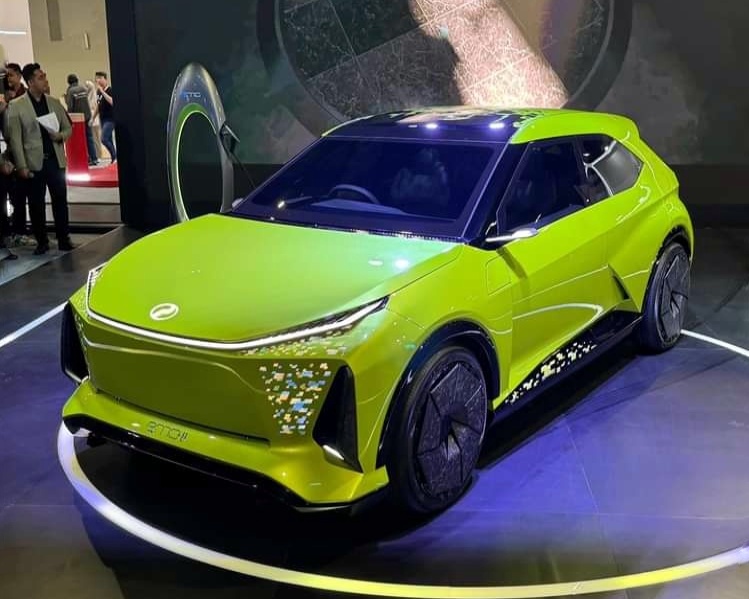
The Geely Xingyuan, launched in China last October, boasts a CLTC range of up to 410 km (approximately 350 km on the more realistic WLTP cycle) and is available with 30.12 and 40.16 kWh battery options.
For comparison, the eMas 7 comes with larger 49.52 and 60.22 kWh battery packs, delivering a range of 345 km and 410 km on the WLTP cycle, respectively.
However, Theophilus Chin’s latest rendering doesn’t depict the Xingyuan-based eMas 5 but rather imagines an even smaller EV—potentially an entry-level model.
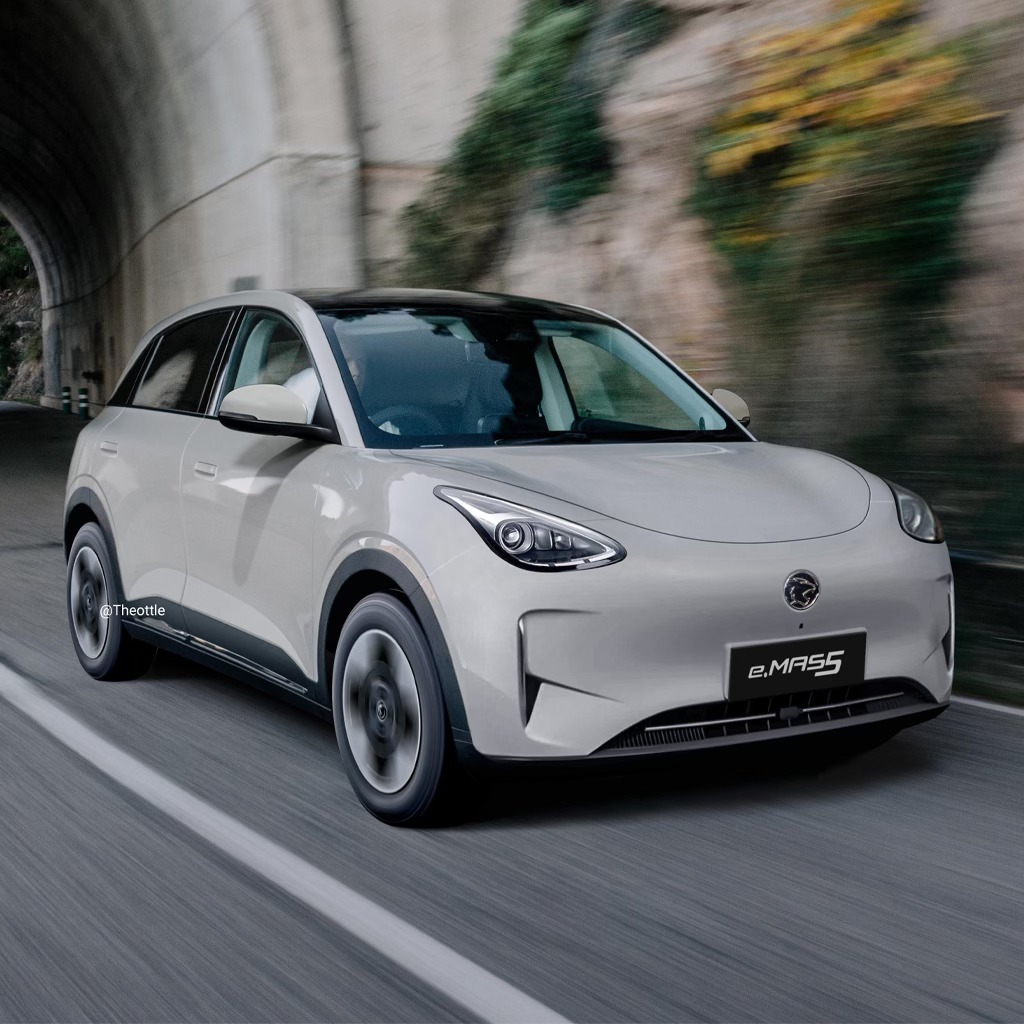
If Proton were to introduce a vehicle smaller than the Xingyuan and comparable to the BYD Dolphin, it would land in the A-segment of electric hatchbacks. Such a segment is currently occupied by models like the BYD Seagull, a compact EV we’ve previously discussed in detail.
This conceptual Proton eMas 3, inspired by the likes of the BYD Seagull, could signify Proton’s strategy to offer a truly accessible EV, expanding its portfolio and further cementing its presence in the burgeoning EV market.
Source: Paultan.org, Caricarz
Other posts by Keran

